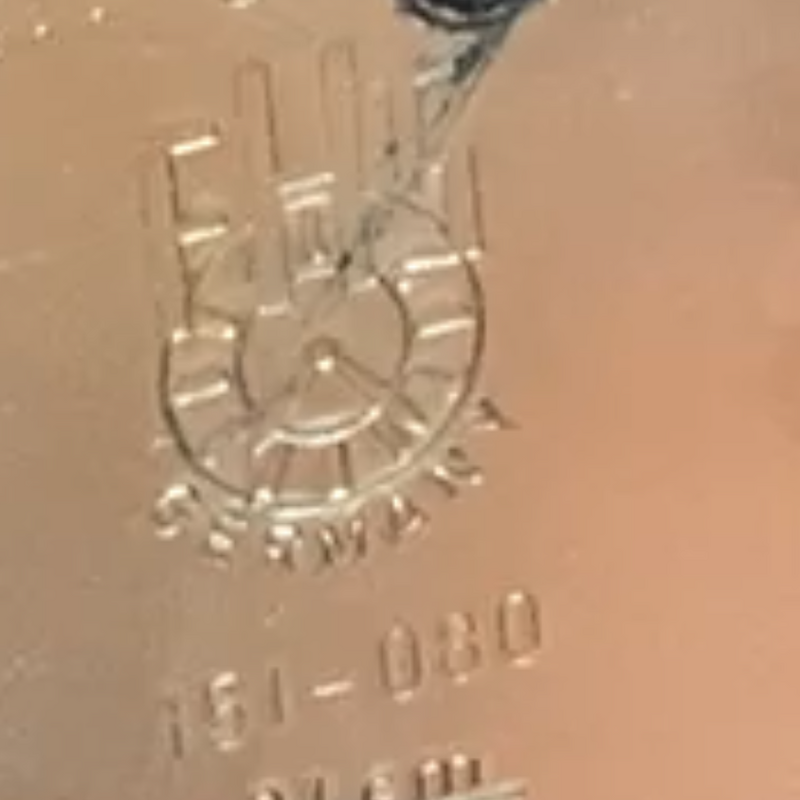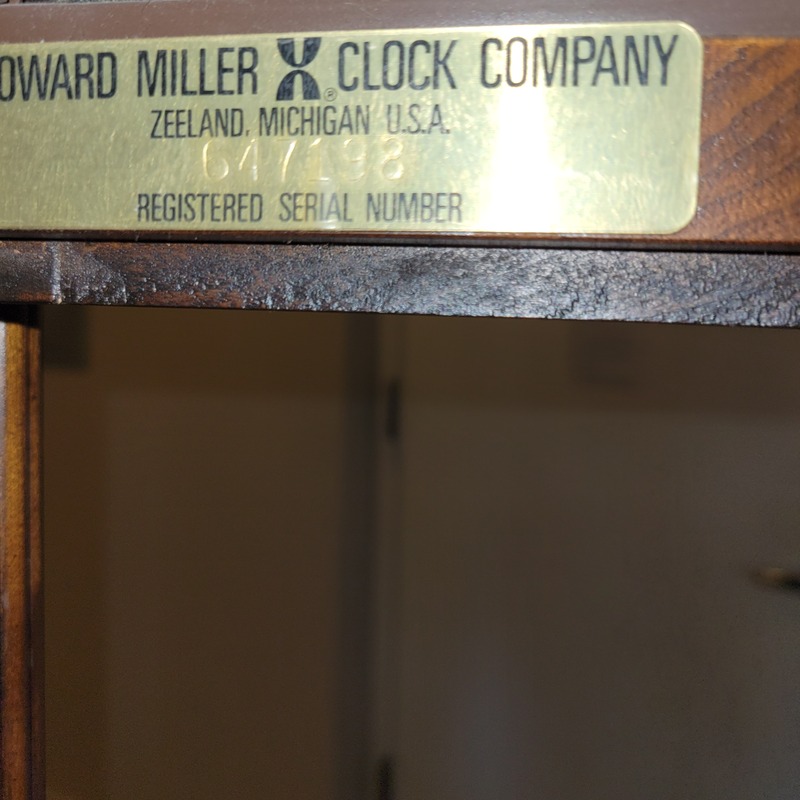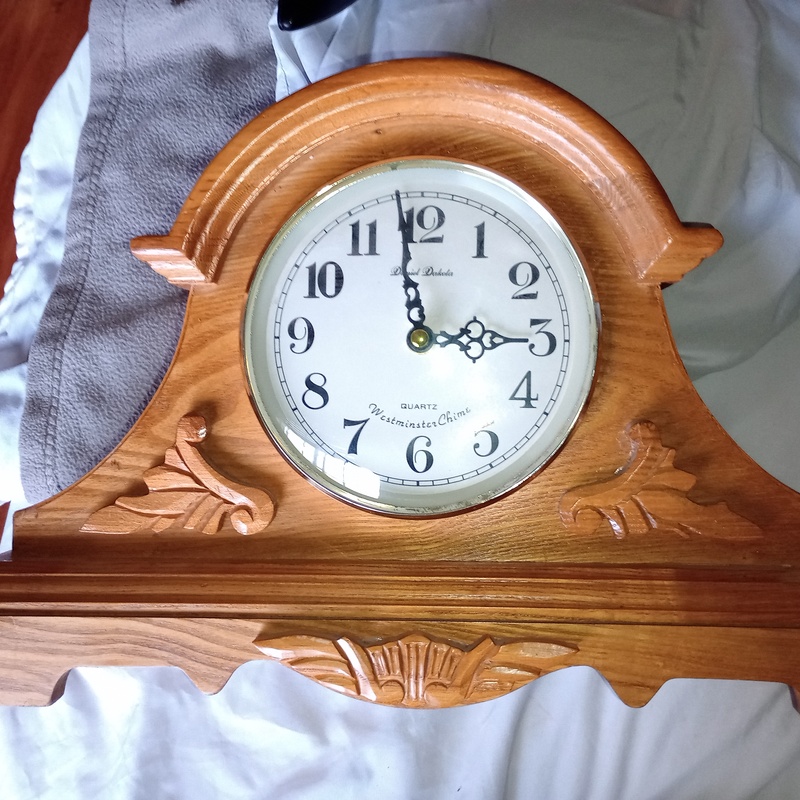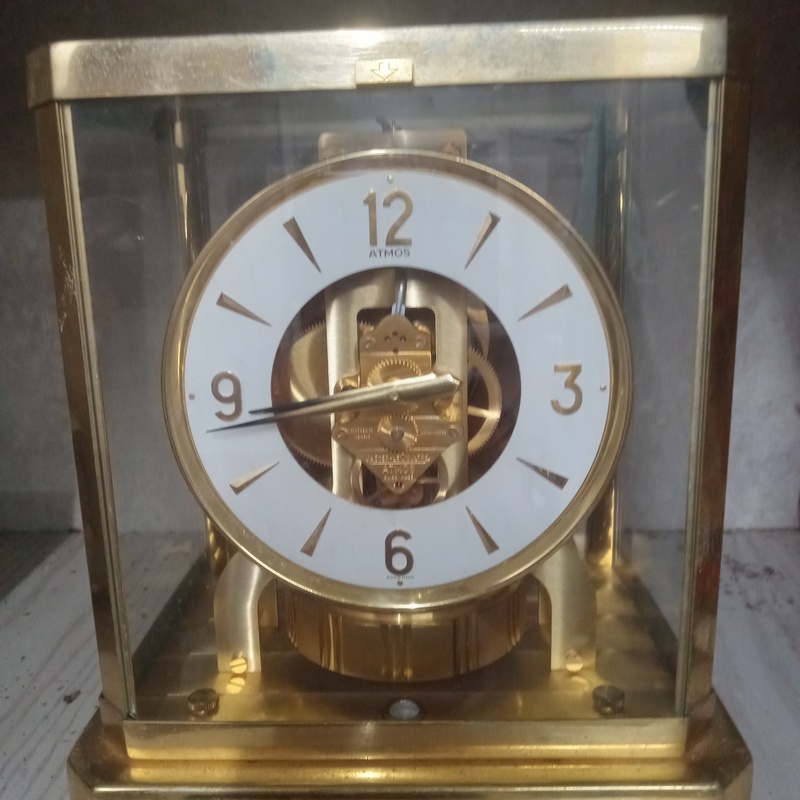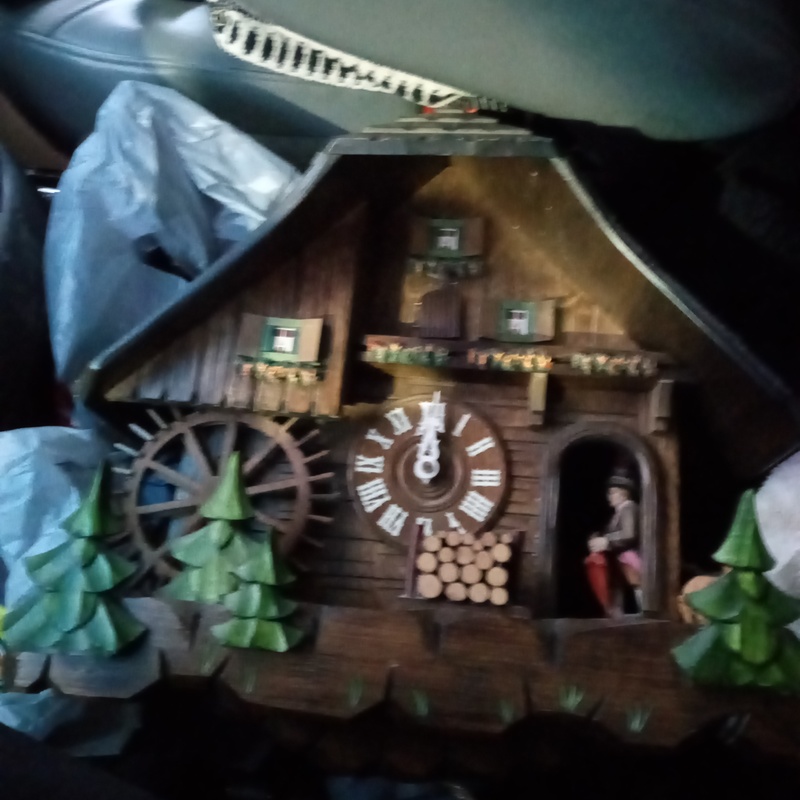Dutch wall bracket clock
Dutch wall bracket clock with hand painted face and single chain counterweight. Classification is 18th century, however, there is no identification other than the initials on the back. 24" height x 11" width x 9" depth. Clock was running for me 10 years ago. will need attention now. The bracket and base are wood. the works are brass. The filligree details are hand molded lead with gold (leaf ?colored?) gilt finish.
Previous owner was grandfather who lived in Laren, North Holland, the Netherlands. It was in his house after he died in 1964 and inherited by me from my grandmother after her death in 1990. Hung in our NYC apartment until 10 years ago. Has been stored in a box in apartment since that time.
Inherited
Yes


Hello Paul,
Thank you so very much for sending this heirloom family clock to mearto.com for an appraisal. I will try to help you with that today. To aid you in understanding your clock I have a brief history of such clocks below. You might want to read that first.
TITLE:
Polychrome painted wood, lead, tin and brass, continuous-chain driven single weight (with lead donut counterbalance), time only, ‘Stoelklok’ (stool clock), made in the Province of Friesland, The Netherlands, third quarter of the 19th century. . .
DESCRIPTION:
CASE: 24”" x 11" x 9", This is a full size Frisian Stoelklok (stool clock), so named because it sits on its own shelf (stool) while the entire case hangs high on the wall. (The higher it hung the longer it would run since it used a continuous chain drive. It is essentially a clock with its mahoganized ‘trumpet’ feet resting on a supporting shelf. The wall bracket on which the clock rests is made of mahogany stained and painted ebonized wood and contains an arched mahoganized canopy to protect the clock from dust accumulation. Most of the bracket as well as the interior canopy are ebonized or painted black. The wooden side doors are missing, but originally there were latched covers on either side of the case with glazed apertures to allow viewing the movement. At the back of the case (and part of the backboard) are shaped skeletonized handles above which is seen a concavity with a beak like projection above it. As seen on this case they mimic the open handles of a vase or are sometimes referred to as ‘eels’ when used in this manner. On other examples the front of these eels are painted as mermaids. (In this example they are mahoganized.)
The arched canopy on the front of the case has a gilded and skeletonized lead ornament depicting a foliate design with a central finial that appears (at least to me) to be three figures, perhaps an adult with two children, the adult appearing to be in a climbing position with the smaller figures to either side. The design is flanked by fenestrated floral forms with curled acanthus leaves just below. The remainder of the façade of the canopy contains pinwheel and foliate forms but is difficult to see clearly because the later attempts at restoration have covered over much of the design.
The trumpet feet of the clock case rests on a flat platform. The facade of the clock case is made of painted metal with sheet iron parts. The front of the case is represented by the dial which has fully gilded side-arms which are skeletonized metal and created in multi- foliate patterns (often these side pieces are made in the form of animals such as lions, leopards and birds whereas at other times they represent gilded versions of mermaids).
Atop the dial is a fine sturdy triangular-shaped open fretwork of gilded metal with a crown shape at the apex over a carved shell flanked by acanthus leaves, all in gold paint. A handled vase of flowers sits just below the shell and the entire design is flanked by fenestrated golden foliage. The crest fills the top border of the dial and rests on a horizontal knurled edge molding nailed to the top of the dial. The sides of the clock have brass open fretwork but only above the movement, which is as it should be but the form and type of metal appears to be a later addition, rather than the original fretwork. Below the dial is a solid gilt metal apron shaped with an undulating form at the bottom and the design is very difficult to clearly see. The backboard extends down several inches below the bottom of the dial and the entire backboard being solid provides a safety factor for the clock to stay against the wall when hung.
The ‘EY’ carved into the backboard are likely the initials of an owner or restorer. There are no Dutch clockmakers whose surname begins with a ‘Y’ (The Dutch used a combination ‘LJ’ for the Y sound. They did not use a Y as we use it. . .
DIAL: Rectangular painted metal dial with Roman hour chapter, trident half hour markers and what looks like a half hour chapter ring to the inside of the hours. The spandrels appear to have some type of painted village landscape (in the upper left) but has been in-painted so many times and then lacquered that it is barely visible today. The dial center which was originally painted with some type of scene has turned totally dark and also is illegible. There are two fenestrated steel hands which may well be original and are reminiscent of the hands used on French clocks of the mid-19th century era. The dial is apparently unsigned and has not only been restored many times but has been lacquered many years ago in order to preserve the paint from flaking. Over the years the lacquer always turns dark and obscures the beauty of the decoration that lie below it. . .
MOVEMENT: An iron and brass movement made in the post (brass) and plate (iron) form. The plates are supported by four brass vertical balustrade-shaped pillars. The going train has a beautiful crown wheel (verge) escapement which is shown quite clearly. It has a rod that extend up through the top plate and connects directly (or should) with a short bob pendulum.
There is a single Sprocket gear to take up the chain for the time weight while the continuous chain is attached to the roof plate and also holds the donut counterbalance, the system providing for continuous running as long as the clock is high up on a wall. . (There is no key winding from the dial in such clocks) There is no strike train in this example and no alarm function. The time only version of this clock indicates a date for manufacture in the third quarter of the 19th century. The pendulum should be quite small, and it should hang from the brass back movement plate and fit above the wooden floor of the shelf or bracket on which the feet rest. When using the original crown or verge escapement these clocks had ‘bob’ pendulums which fit in the short space behind the movement.
CONDITION:
The problem with this clock, as with most Frisian Stoelkloks, is its condition. Most have repainted or restored dial, so pricing is very dependent on originality. In your example both gilding and paintings have a “muddy” look. There have been many extra coats of gilt and polychrome paints used in multiple attempts at restoration, but what has happened is that this work has further hidden most of the gilt ornamentation of the pieces of metal fretwork and has essentially hidden the most attractive features of the dial. The fenestrated handles at the sides of the backplate may once have been painted on the front as mermaids, but during Victorian times were mahoganized with stain.
From the condition of the movement it appears that this movement may well be functional. This clock was made for a ‘bob’ pendulum and not a regular longer pendulum (as you picture). That pendulum would not be able to swing behind the movement because the bracket shelf would interfere with it. The pendulum connected almost directly with a vertical rod from the large crown wheel in the movement and usually hung directly from the back of the rear plate where is swung back and forth and used a small but heavy bob not much larger than a large thimble.
At any rate - the dial, fretwork, paint and gilding restorations are all problematic and all are harmful to the price.
HISTORY:
Stoelkloks actually extend back to the 17th century when they were made in and around Amsterdam. Those were much more formal and vaguely resembled the 17th century English lantern clock. Then later, during the early 18th century, circa 1725, this style of wall clock made its way first to Groningen, then quickly the style moved west to the less wealthy Frisian region of northwest Holland circa 1730. It became a popular clock immediately and was made in significant numbers during the 1730-1760 years. It then truly flourished in the Frisian region throughout the balance of the 18th century reaching its peak production circa 1800. Most were made in the town of Joure and the most prolific maker was the Aleva family.
Post 1800, they continued to be made in gradually smaller numbers until circa 1875 when Black Forest clocks became a significant competitor. As a result the large Stoelkloks became an item of the past and were replaced by the ‘half size Stoelklok’ or ‘Stoelschippertje’ which saved money in production and tried unsuccessfully to compete with the German product. Such miniaturized clocks were made into the early years of the 20th century. Also it was post 1850 when the single weight, time only movement type Stoelklok was produced. It too was lower priced with no striking and often no alarm function, once again an attempt to counter the Black Forest clock production.
The Stoelklok cases varied little over a period of close to two hundred years.
As far as when this clock was made - the time only clocks tended to be made between 1850-1875. The painted scenes above the main dial prior to 1860 usually included paintings of female figures, post 1860 they were mostly landscapes (yours)
PRICING:
My opinion is that a clock in this heavily restored condition with the beautiful gilding and painting originally on this case now hidden, (there is no way of uncovering what was done especially the use of a lacquer) prevents this clock from being appealing to collectors or the buying public today. I feel badly about the pricing, but must price it fairly. I have compared it to similar over-restored examples found online and sold at auction and my conclusion is that it would sell in the $200-$250 price range.
Most importantly it was my desire to have been of help in aiding your understanding of the clock you inherited. I’m sure it must have more value to you as an heirloom than its dollar value on the open market.
Best regards,
David

